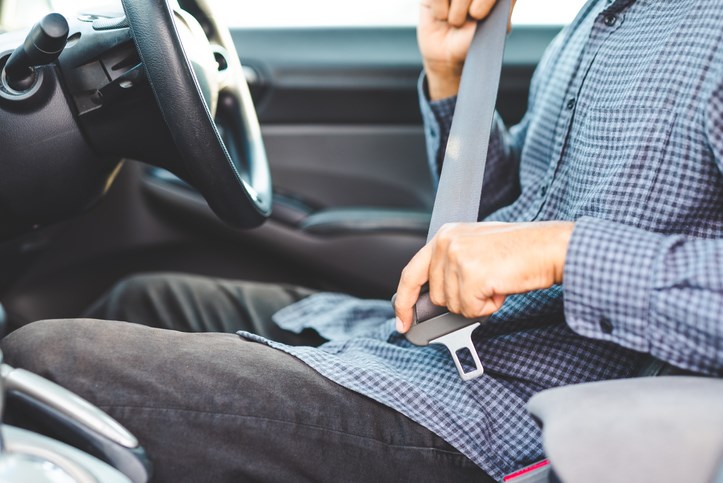Ah, Volvo. A bit of rocky road in the motorsport section of the industry, now selling cars of particular luxury standards and doing quite well at that, I’ll say. It’s been quite some time since a development of any importance has made its way into the automotive world. Well, I guess we can count the electric car, which Volvo is getting onboard with very well! Much of Tesla’s inner-workings were never patented just like Volvo’s seatbelt innovation.
That’s right! Volvo made the three-point seatbelt which, to date, has saved well over one million lives. This innovation really was a matter of life and death, both for Volvo and its vehicles’ passengers. At the time, the seatbelt was very hated by the media and, in turn, the public.
It was 1959 and Nils Bohlin was tinkering away in a Volvo workshop, probably in Sweden somewhere, when he finally arrived at the marvel we have today. The advertisement campaign came out on TV and the world vomited remarks directly into the corporate offices that approved it. Some people strongly thought it was a violation of their freedom rights. Well, by “some people,” I mean Americans. News stations even entertained the idea that it was a freedom violation. But then people saw how it worked, and how many lives it could save. And the harness of life lived up to what Volvo said it would. They also made the design and blueprints available for free to other car companies for the greater good.
If the seatbelt was never created, I’m sure some other sort of innovation would have taken its place, but the casualties would have been high in waiting for it to come about. The most likely option for safety would probably have been a harness. They are used plenty in rally racing cars and some sports cars even come built with them in place instead of the regular three-point Volvo seatbelt.
You may be asking yourself, what about buses, why don’t they have seatbelts? Well buses aren’t driven by just anyone. Rigorous testing for bus driving licences means that they are actually the safest vehicle on the road. But that’s not the only reason. Buses are a large mass which means less crash force because … physics. They have a longer stopping distance than a car, truck or SUV which means there’s less flying out of the bus and more staying in the seat. That’s the gist of it at least.
Seatbelts are most effective when assuming the proper position, meaning facing in the direction of the momentum. That being said, can we really trust kids to stay seated perfectly? Of course not. Buses are also designed to get as many people on and off as they can, which leads to even more mass.
Seatbelts would save lives in the event the bus rolls over; however, that would cost way too much. And by way too much I mean more than 20 million. It’s not very likely we will see seatbelts in buses anytime soon, but, maybe Volvo can change that for the better, too.
A recent transplant to Thompson, Jay Hurley is a freelance columnist with a focus on cars, lifestyle and culinary arts. He is from Ontario and studied broadcast and contemporary media.




